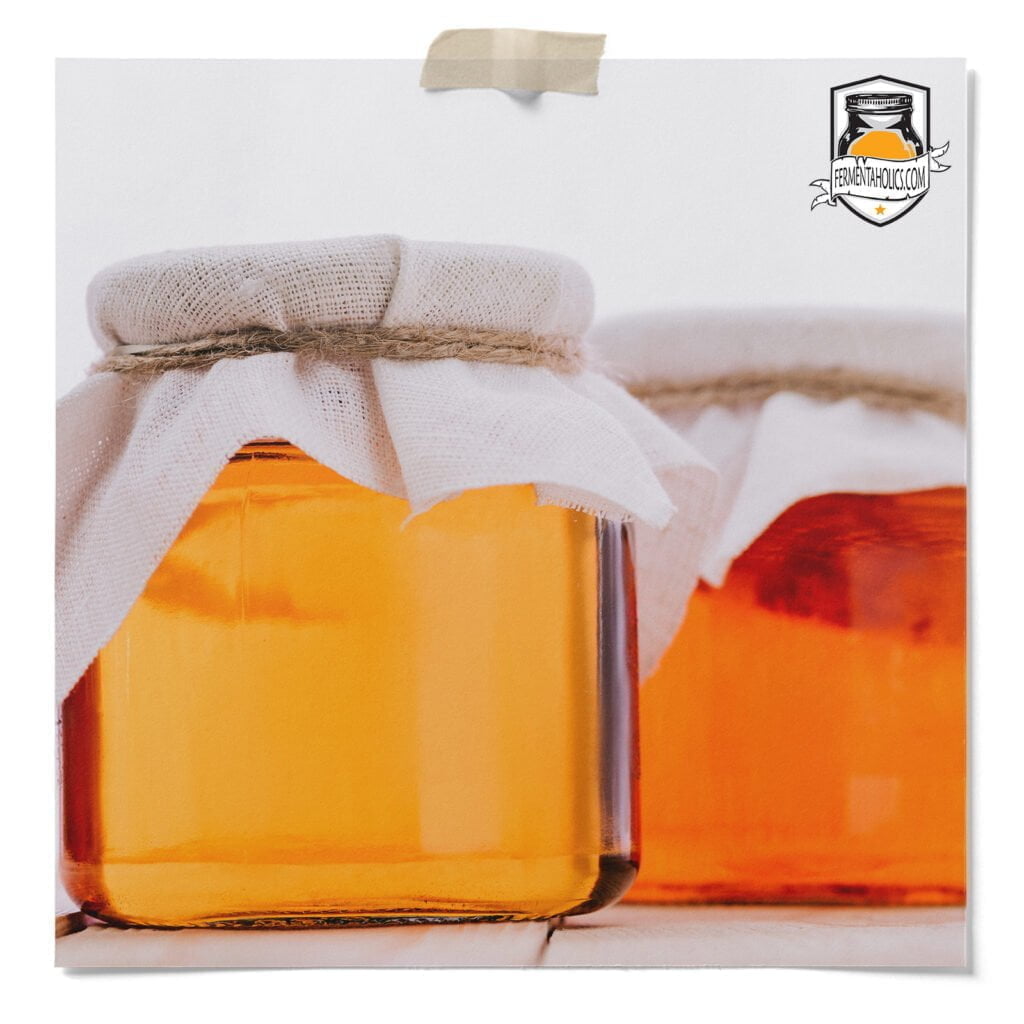
We have written about many topics here, but it finally occurred to us that we somehow overlooked one of the most common issues all kombucha brewers will come across – the kombucha fruit fly. Fruit flies, also known as gnats, barflies, vinegar flies, drain flies or pomace flies, love kombucha. When it comes to kombucha enthusiasts, fruit flies are right there at the top. Fruit flies are incredibly resilient, and once you have them, getting rid of them can be challenging. Having fruit flies in, on, around, and just merely flying in the vicinity of your kombucha can be frustrating.

To get rid of fruit flies, you need to find and remove all possible food sources and locations that the female fruit flies are laying their eggs. You will also need to eliminate the adult population so they can’t breed. The lifespan of a fruit fly is between 30 and 50 days, which is heavily influenced by the temperature. While this may seem like a short period, females are capable of breeding and laying several batches of eggs during their lives. Each time a female breeds, she can lay up to 500 eggs, quickly multiplying the population. This rapid breeding is what makes it so difficult to control the population once established.

To successfully get rid of fruit flies, you need to stop them from breeding and prevent their eggs/larvae from becoming adults. To stop larvae from becoming adults, we must first find the food source where they are laying eggs.

Fruit flies can lay their eggs on basically any decaying organic material. If you are having trouble finding the source, use this list to help find typical fruit fly hangouts.
Now that we eliminated the nesting sites, let’s get rid of the adult population.
The most popular way of killing fruit flies is with a trap. Whoever said, “you catch more flies with honey than with vinegar,” clearly never met the fruit fly. When it comes to catching fruit flies, vinegar traps are your best friend. However, fruit fly traps can be baited with just about any decaying organic material, including kombucha. The most commonly used baits, however, are vinegar, wine, or fruit. Apple cider vinegar traps are extremely effective. For large infestations, a vacuum or an electric fly swatter are also great tools – a lot of fun too.
When you have a severe infestation involving large numbers of fruit flies, electric fly swatters work great. An electric fly swatter is incredibly effective at wiping out large numbers and it’s a lot of fun to use. A vacuum can also be equally effective by sucking them out of the air. The vacuum and electric fly swatters work best when you are in a situation where they gather in large numbers and you can sneak up on them.

Fruit flies are attracted to acetic acid. Acetic acid is in vinegar and is created during the vinegar fermentation process. Since kombucha is a vinegar ferment, acetic acid is produced during the fermentation process as well. Vinegar fermentation is a two-step process that occurs in succession when making kombucha. First, the yeast consumes the sugar in the sweet tea and produces CO2 and ethanol. The bacteria in your culture will then consume the ethanol created by the yeast and produce acetic acid, and the fruit flies go wild.
Keeping flies out of your kombucha usually isn’t a problem. You just need to keep your kombucha brew covered. Beyond that, make sure the material you are using to cover your kombucha jar has a tight enough weave to prevent fruit flies from getting in. Some styles of cheesecloths aren’t weaved close enough and will let bugs in. These gaps can usually be eliminated by doubling or tripling the cheesecloth over the jar. Coffee filters also work great. Our favorite fabric cover for kombucha has to be muslin. In addition to its tight weave, these unbleached muslin covers check all boxes – breathable, durable, and washable.
Finding fruit flies in your kombucha can be upsetting. If you have an infestation, unfortunately, your best bet is to start over as the larvae could be present on the pellicle itself.
Once you have the fruit fly population under control, you’ll want to keep it that way. So you will need to be mindful of possible breeding locations moving forward and not letting them take hold once again. However, if you start seeing fruit flies again, you will want to start the whole process by repeating the steps above.
Have you gotten rid of fruit flies using another method? Leave a comment below and tell us about it.
